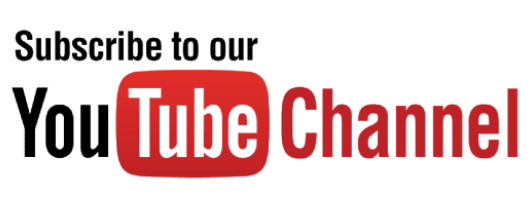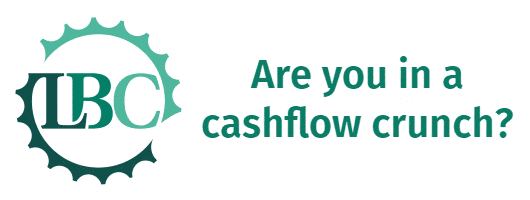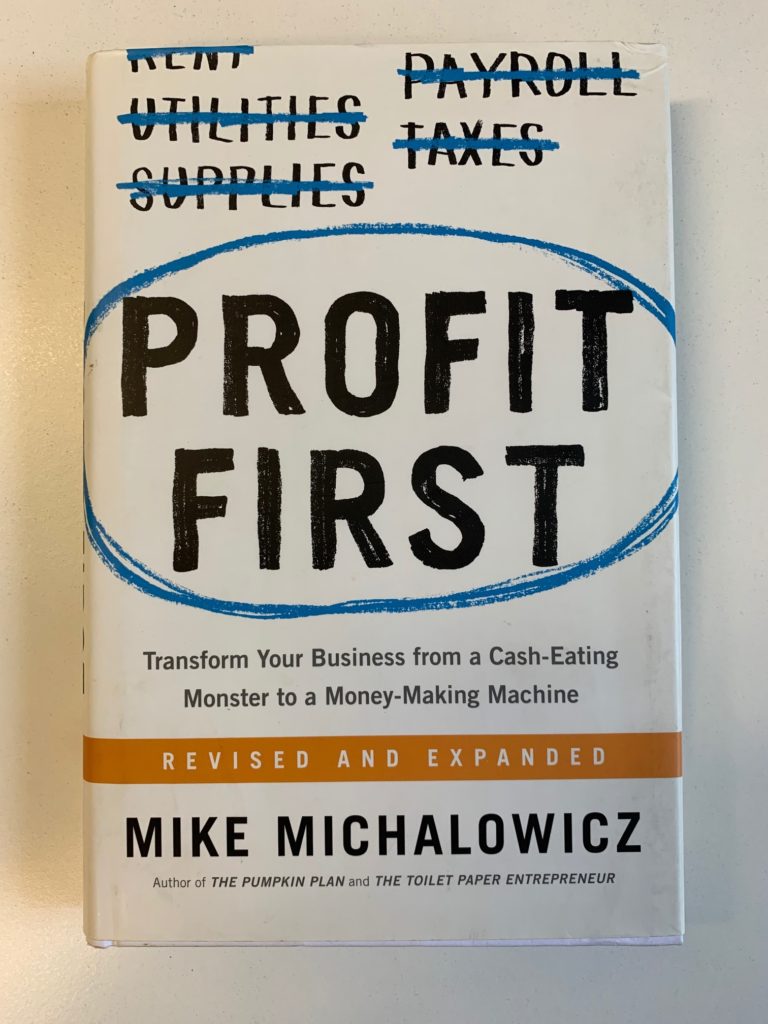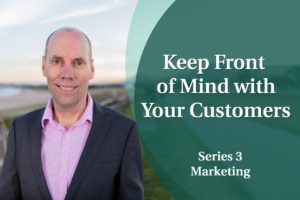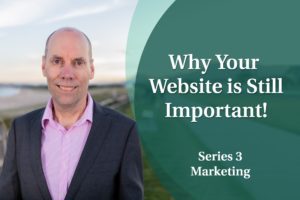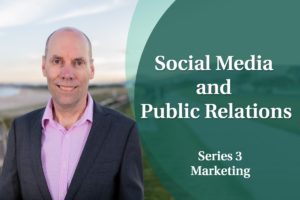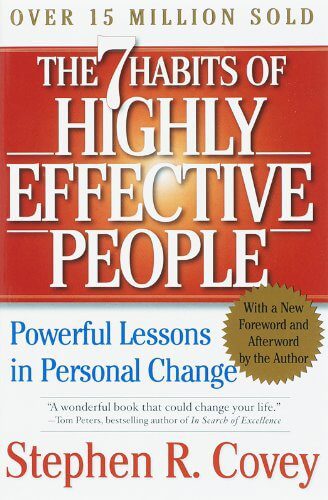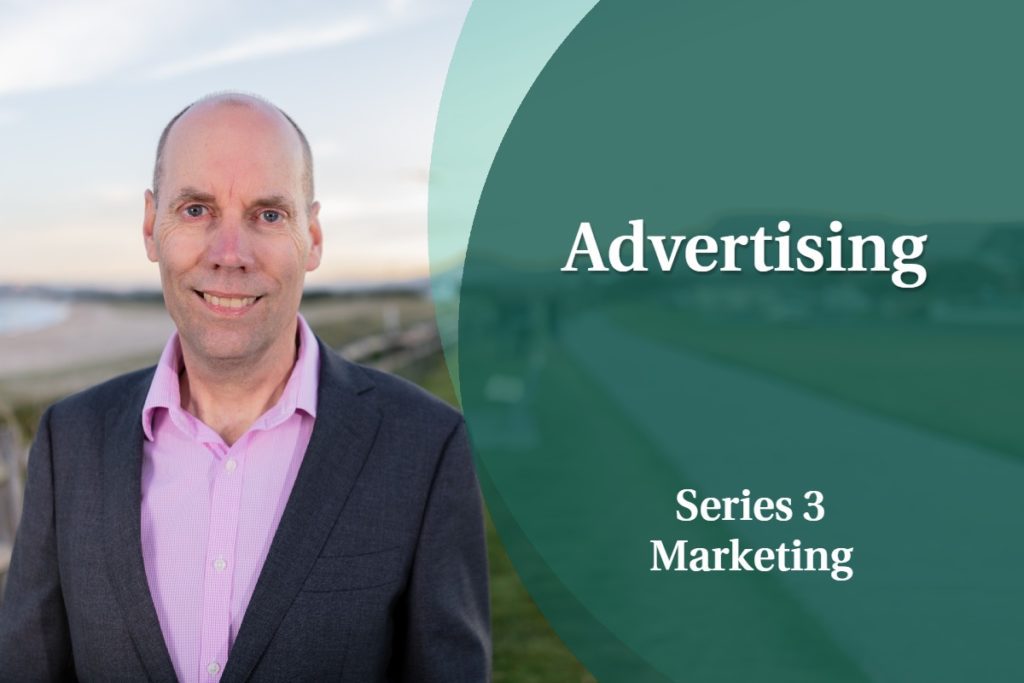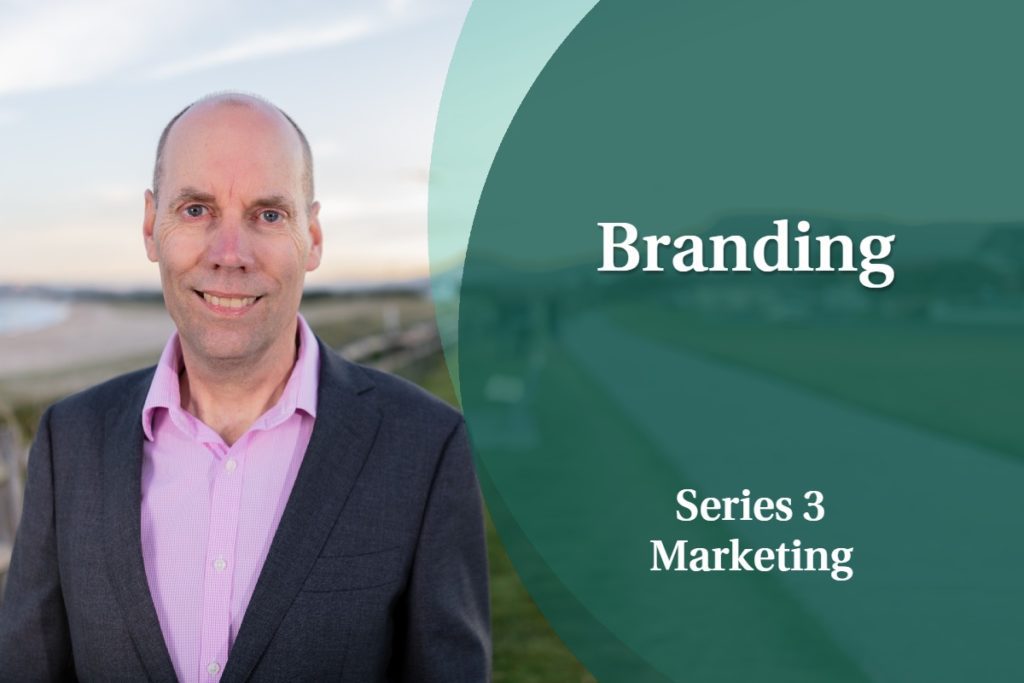How do I decide where to advertise so it’s the most effective?
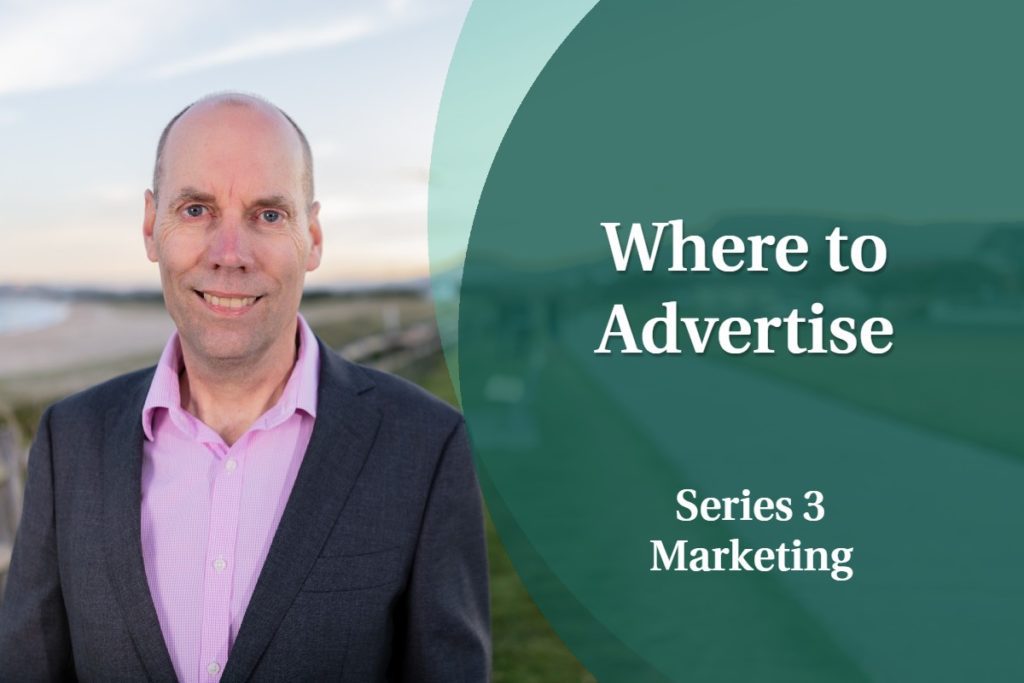
Today’s media landscape is more diverse than at any time in our history. That means that you have more options than ever to choose where you advertise. But which ones are right for you?
In this video, we’ll take you through all of the main options, divided into two groups: ‘new media’ and ‘old media’.
Of course, new media refers to all things online. In just two decades, new media had grown from next to nothing to about half of the total market.
But that doesn’t mean that old media, which includes newspapers, TV, radio, magazines and billboards, is no longer relevant or about to disappear entirely.
In all cases to spend your money most effectively, you need to be able to answer the questions:
- Who exactly are the potential customers you’re trying to reach?
- What sorts of media are they consuming?
- When and how are they consuming that media?
- How cost-effectively can you reach each potential customer via each of these media options?
This episode will give you more helpful details and case studies.
Watch Video Four: Where to Advertise
Book an Obligation Free Consultation
If you are struggling with the topic in this video, or want to improve this area of your business with new strategies and a proven formula for success, then complete the form here now, to book an obligation free consultation with Phil Latz.
Phil will meet with you for one hour, free-of-charge, to listen to your current situation. He will help you to hone in upon the key issues and strategies that will make the most impact, no strings attached.
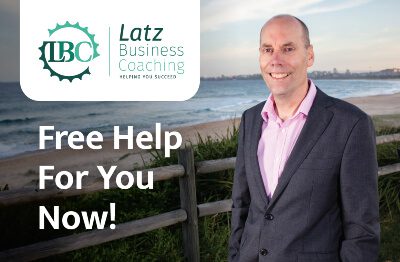
It will only take you 30 seconds to activate change! You have everything to gain and nothing to lose!

